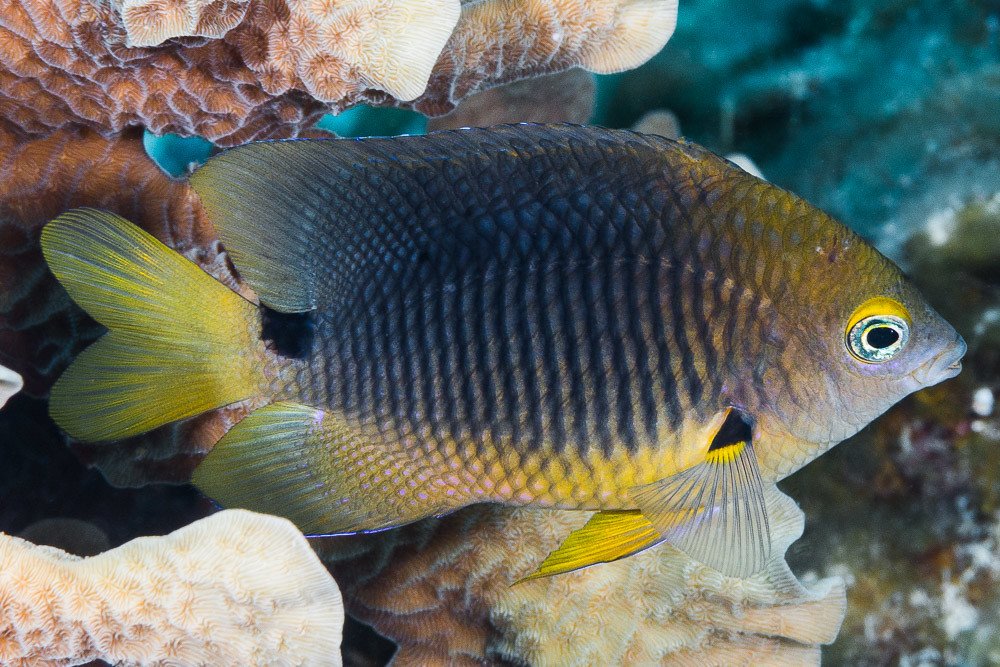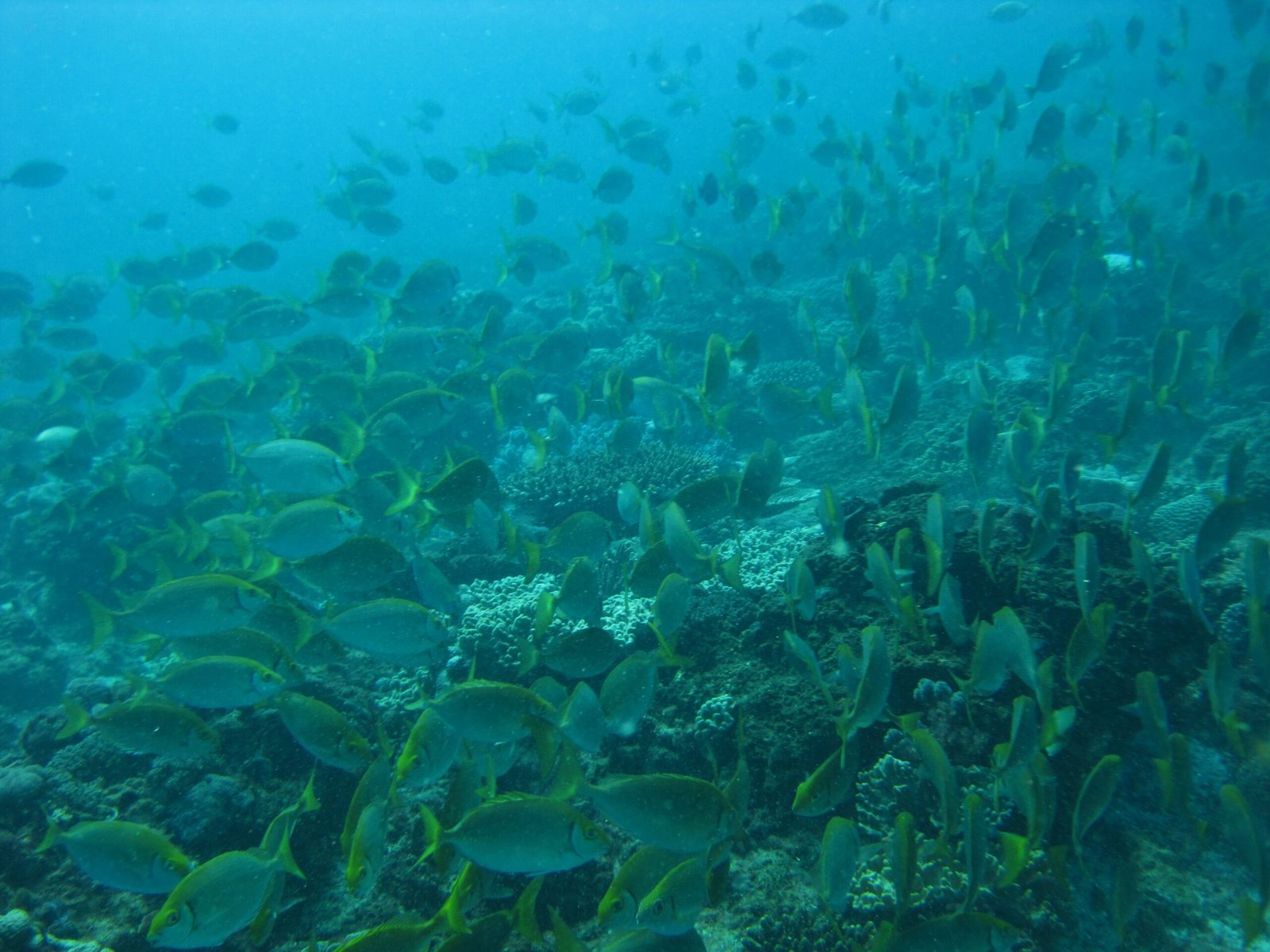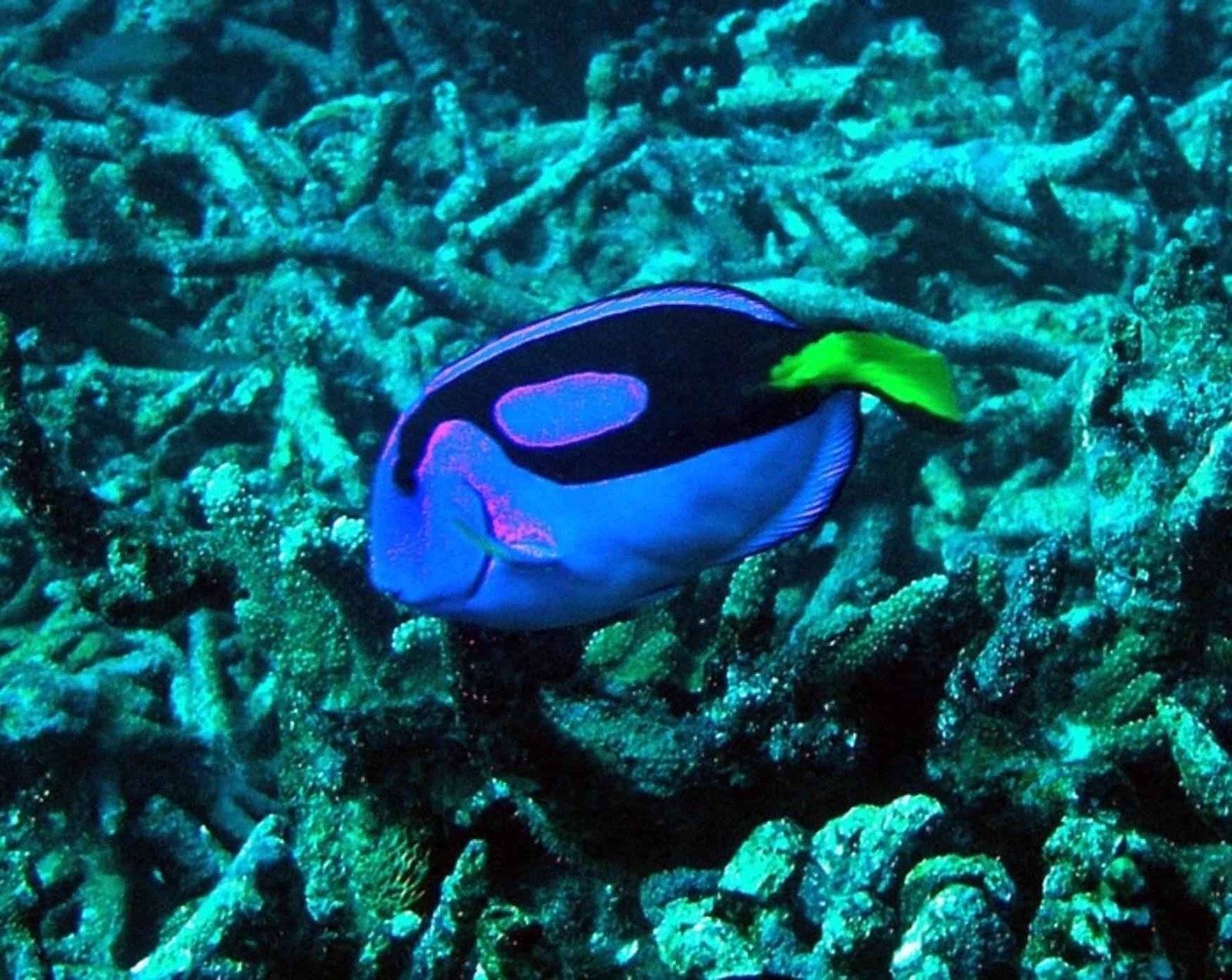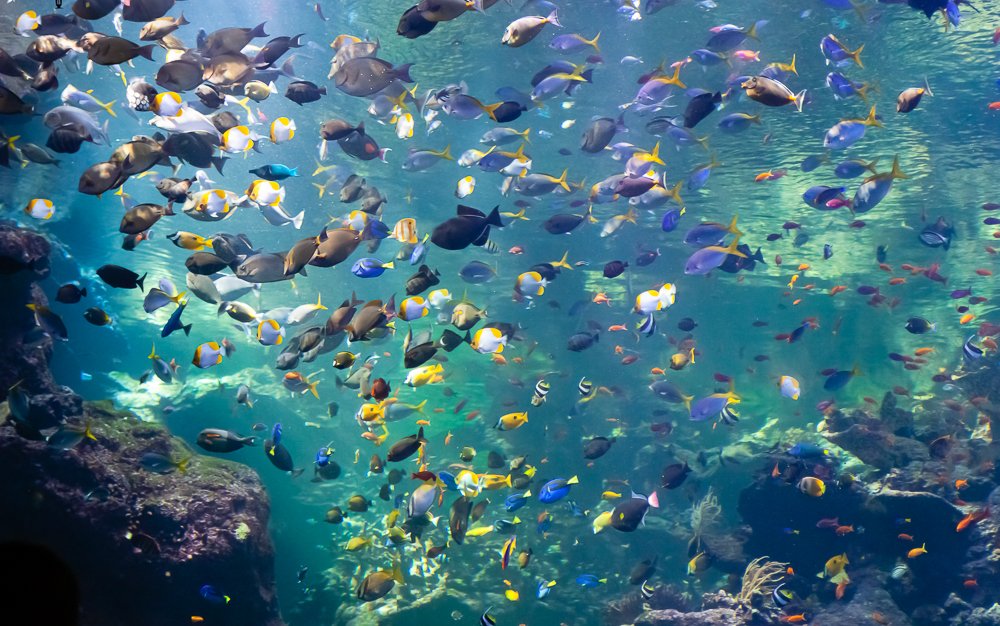In the vibrant underwater world, where colors swirl and life thrives in abundance, some fish have taken on an unexpected role: that of a farmer. These industrious creatures cultivate their own algae patches, a practice that showcases the wonders of adaptation and survival. Imagine a bustling metropolis, where the hustle and bustle of everyday life is mirrored in the intricate dance of survival within the coral reefs. Among the myriad of species that call the reef home, there exists a unique group of fish that have mastered the art of agriculture, ensuring their sustenance amidst the ocean’s ever-changing dynamics.
The Ingenious Farming Technique of Damselfish

One of the most notable fish species that has honed the skill of algae farming is the damselfish. These small, colorful fish are not only a feast for the eyes but also a marvel of nature’s ingenuity. Damselfish meticulously cultivate algae gardens on coral reefs, clearing away debris and guarding their plots with fierce determination. Just as a farmer tends to their crops, these fish protect and nurture algae, which serves as their primary food source. Through this symbiotic relationship, they maintain a delicate balance in their ecosystem, influencing the health of the coral reefs while ensuring their own survival.
The Science Behind Algae Farming
The process of algae farming by fish like the damselfish involves a fascinating interplay of biology and environmental science. Algae are simple, plant-like organisms that require sunlight, water, and nutrients to grow. Fish farmers like the damselfish create optimal conditions for algae growth by removing competitors and detritus from their patches. This behavior not only promotes algae proliferation but also prevents overgrowth that could smother coral reefs. It’s a delicate dance of give and take, where the fish’s actions directly contribute to the maintenance of their underwater gardens and, in turn, the larger reef ecosystem.
A Mutualistic Relationship with the Ecosystem
The relationship between these fish and their algae patches extends beyond mere sustenance. By cultivating algae, fish contribute to the overall health of the coral reef ecosystem. The algae provide essential nutrients and energy for the fish, while the fish’s farming activities prevent the reefs from becoming overpopulated with algae. This mutualistic relationship is a testament to the interconnectedness of life in the ocean. Like pieces of a puzzle, each organism plays a vital role in maintaining the balance that allows the reef to thrive.
Guardians of Their Gardens
In the bustling world of the coral reef, damselfish are vigilant guardians of their algae gardens. These fish exhibit territorial behavior, fiercely defending their plots from intruders, much like a farmer protecting their fields from pests. This territoriality is essential for the success of their farming endeavors, as it ensures the algae have the space and resources needed to grow. The fish’s protective nature highlights the importance of their role in the reef ecosystem, as their efforts contribute to the overall health and stability of the underwater community.
The Role of Algae in the Reef Ecosystem
Algae play a crucial role in the coral reef ecosystem, serving as a primary source of nutrition for various marine species. These simple organisms convert sunlight into energy through photosynthesis, providing sustenance for fish and other reef inhabitants. In the context of fish farming, algae act as the cornerstone of the damselfish’s diet, offering essential nutrients that fuel their activities and growth. This relationship underscores the importance of algae not only as a food source but also as a key player in the intricate web of life that thrives within coral reefs.
Impacts on Coral Reefs

The farming activities of fish like the damselfish have significant impacts on coral reefs. By cultivating algae, these fish contribute to the overall health and stability of the reef ecosystem. Their efforts prevent the overgrowth of algae, which can smother coral and disrupt the delicate balance of the reef. In doing so, they play a vital role in maintaining the biodiversity and resilience of coral reefs, ensuring that these vibrant underwater landscapes continue to flourish despite environmental challenges.
Adaptation and Evolutionary Marvels

The ability of fish to farm algae on coral reefs is a remarkable example of adaptation and evolutionary innovation. Over generations, these fish have developed behaviors and strategies that enable them to thrive in their unique environments. This evolution is a testament to the resilience and adaptability of life in the ocean, where organisms continuously evolve to meet the challenges of their surroundings. The story of fish farmers on coral reefs is a reminder of the incredible diversity and ingenuity that characterizes the natural world.
Scientific Studies and Observations

Scientists have long been fascinated by the phenomenon of fish farming algae on coral reefs. Through careful observation and research, they have gained insights into the behaviors and ecological impacts of these fish. Studies have shown that the farming activities of fish like the damselfish influence the distribution and composition of algae on coral reefs. These findings contribute to our understanding of the complex interactions that shape reef ecosystems and highlight the importance of preserving these delicate habitats for future generations.
Protecting the Coral Reef Farmers
As stewards of their underwater gardens, fish farmers like the damselfish face threats from environmental changes and human activities. Climate change, pollution, and overfishing pose significant risks to coral reefs and the species that inhabit them. It is crucial to protect these ecosystems and the fish that contribute to their health and resilience. By promoting conservation efforts and sustainable practices, we can help safeguard the future of coral reefs and the fascinating creatures that call them home.
Conclusion: A Call to Appreciate Nature’s Wonders
The story of fish that farm their own algae patches on the reef is a captivating glimpse into the wonders of the natural world. These industrious creatures showcase the intricate relationships and adaptive strategies that define life in the ocean. As we marvel at their ingenuity, let us also recognize the importance of preserving and protecting the delicate ecosystems that support such remarkable biodiversity. By appreciating and understanding these wonders, we can contribute to the conservation and sustainability of our planet’s precious marine environments.




